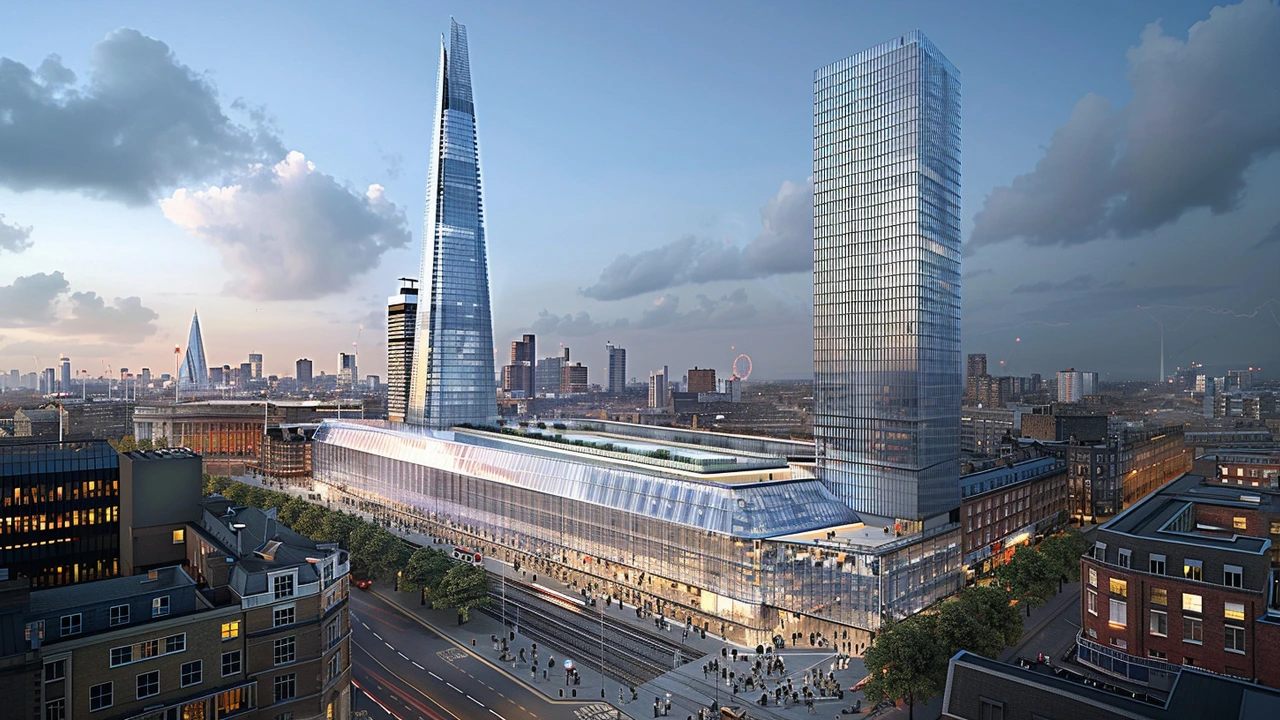High-tech architecture is revolutionizing the way we think about buildings. These modern marvels blend aesthetics with advanced technology to create innovative, sustainable structures that stand out in urban landscapes. This article delves into the rise and elements of high-tech architecture, highlighting its impact on society and the environment.
Innovative Design in Architecture
Here’s a quick fact: some of today's most daring buildings trace their best tricks to ancient Rome and early 20th‑century rebels. Innovation in architecture is rarely brand new—it’s about rethinking materials, structure, and meaning. If you want to spot real innovation (or use it in your own project), start by looking at how designers solve real problems, not just how a building looks.
Where innovation shows up
Materials and tech. Architects using cutting‑edge materials or adapting old ones create big leaps. Read about Roman concrete's longevity in "Ancient Roman Architecture Techniques" and see why modern engineers copy those mixes. For modern tech-driven forms, check "High-Tech Architecture" and "Neo-Futurism" for examples of glass, steel, and smart systems reshaping skylines.
Form that follows more than function. Innovation appears when form reacts to climate, program, or social life—not just style. The Bauhaus and Constructivist pieces show how design can merge craft and industry—see "Bauhaus Style" and "Constructivist Architecture" for straight-to-the-point lessons.
Reworking the past. Surprising innovations often come from remixing older styles. Articles like "Beaux-Arts Architecture: Timeless Glory" and pieces on Renaissance and Greek Revival explain how historic ideas get new life when repurposed thoughtfully.
Practical ideas you can use
1) Start with a constraint. Want an innovative layout? Pick one hard rule—climate, budget, or footprint—and force design choices around it. That’s how many modern movements found new forms.
2) Mix old and new materials. Pair traditional masonry or timber with engineered glass or recycled steel. The contrast often creates durable, interesting results—think of adaptations in "Mediterranean Revival" or "Mid-Century Modern" updates.
3) Use tech for comfort, not gimmicks. Smart glazing, passive ventilation, and modular construction improve daily life. Articles like "High-Tech Architecture" show tech that actually changes how buildings perform.
4) Learn from strong details. Notice how Georgian symmetry or Beaux‑Arts ornament hides clever structural solutions. Small details—windows, cornices, column placement—often carry the most useful lessons for renovation or new builds.
5) Be bold with program, subtle with decoration. Postmodern and Expressionist works teach that a building can surprise you without being loud all over. Read "Postmodern Architecture" and "Expressionist Architecture" for tips on playful design that still works.
Want to explore specific movements or examples? Check the linked articles on this tag—everything from ancient Roman tricks to neo‑futurist visions is here to help you think differently about design. If you have a project idea, tell me the constraint (site, budget, climate) and I’ll suggest focused directions inspired by these styles.
Neo-Futurism, characterized by sleek lines, forward-thinking structures, and innovative use of materials, is reshaping the landscape of modern design. This article delves into its principles, the visionaries leading this movement, and the impact on urban living spaces. Learn how Neo-Futurism is pushing design boundaries and offering fresh perspectives.


